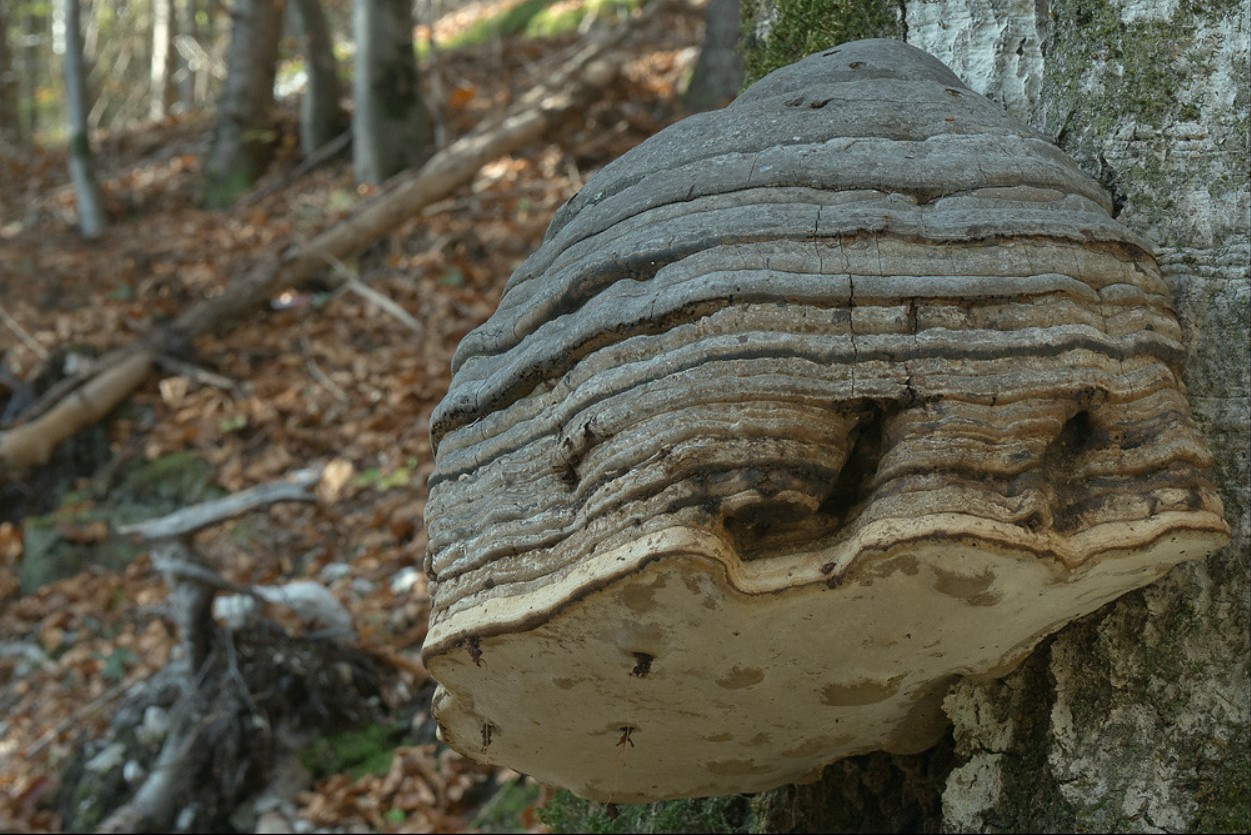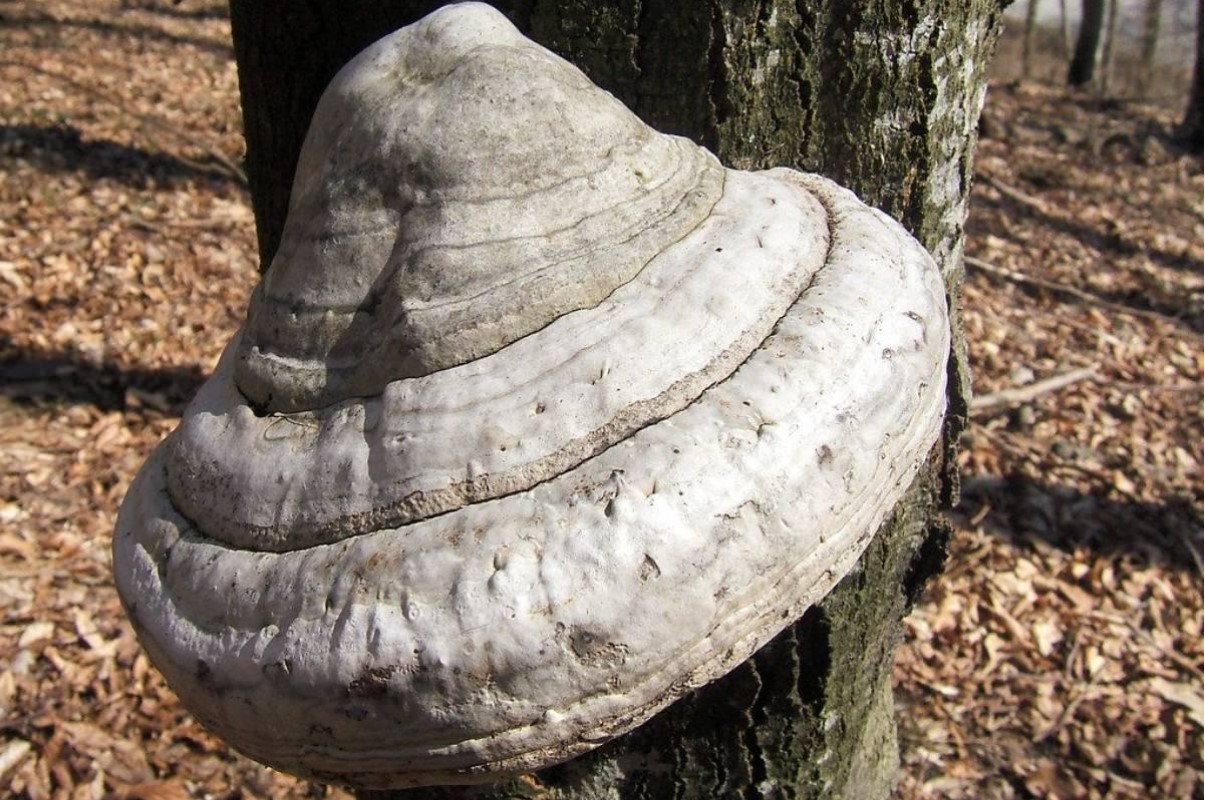This Smart, Rapidly Expanding Mushroom Could Have a Major Impact on the Entire Planet
The dangers of plastic and what it does to our planet has been a topic of concern in recent years. After embarking on a quest to solve the plastic problem, Finnish researchers may have found a solution in the form of a fungus.
This fungus is scientifically known as Fomes fomentarius. What does it do? And what else do we know about it? Let’s find out.
Nature’s Unexpected Ally
Fomes fomentarius is a fungus species nicknamed “tinder fungus” because it was historically used as a fire starter. Tinder fungus is basically a mushroom usually found growing on the bark of trees, mostly birch trees. It is also called “hoof fungus” because it is shaped like a hoof.

Source: DanMolter/Wikipedia
It is famous for its medicinal properties—for centuries, it has been used in traditional medicine for its anti-inflammatory, antibacterial, and antiviral properties.
A Mission to Tackle Pollution
One team at a technical research center in Finland thinks this fungus could be much more than what it was known for. These researchers have discovered tinder fungus has properties that can enable it to provide a natural, eco-friendly, and biodegradable alternative to plastics and other materials in the future.

Source: MikePeel/WikimediaCommons
This usability is because of mycelium, a primary component in all the layers of the fungus, as discovered by the researchers in their published paper.
Molded for Innovation
According to the paper, Science Advances, Fomes fomentarius fruiting bodies have a lightweight biological design. It is simple in composition but efficient in performance. “This fungus could be incredibly versatile because it has a very stiff and hard protective outer layer. It has a softer spongy mid-layer and a very strong inner layer,” according to one of the study’s coauthors, Dr Pezhman Mohammadi.

Source: AmadejTrnkoczy/Flickr
He said the potential uses of this mushroom could include things like heat and sound insulation, shock and absorption materials, and even consumer product parts. It can also replace plastic.
Unlocking Fungal Secrets
To make the aforementioned products, tinder fungus would be needed in a very large quantity. The mushroom takes 7-10 years to grow to a significant size naturally in the wild. However, the researchers think they could produce plenty of it in a lab in a matter of weeks.

Source: Fl4455/Flickr
“With the advances in industrial biotechnology, we can predict the production of metric tons of these mushrooms. This amount can be produced in a matter of weeks compared to the ones in the wild that take years to grow,” Dr Mohammadi explained.
